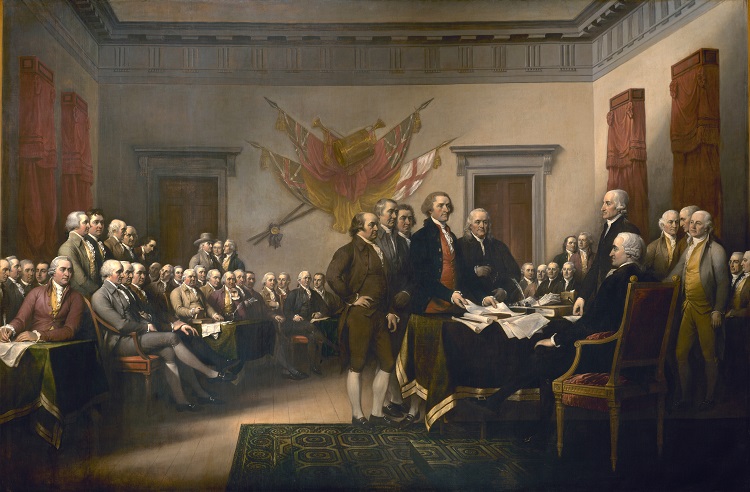
Whitewater has a public school district, and so she has public schools, and those public schools have goals for the students under their care. On September 23rd, eight days ago, some of the district’s principals (and two administrators) presented the goals for their students. (Other presentations will follow, presumably in October.)
These goals are at the heart of education – the skeleton on which muscles and sinews cling. If these are not important – if these are not prominent at all times – then there is a misunderstanding about the very meaning of importance.
When a woman travels to the Louvre, for example, she goes – if she goes sensibly – to behold the works of human genius within. Her apartment might be sunny, her brioche delicious, and her driver courteous, but it is the exhibits within each wing that rightly mean more to her.
So it is with education: some matters – teaching, notably – are more important than others. What goals does a principal have for his or her teachers and students (and how will these goals – if worthy – be achieved?). That’s what’s important.
In the video above, five people (Mike Lovenberg, Andy Rowland, Kelly Seichter, Tom Grosinske, and Mary Kilar) present their 2019-2020 goals (with written presentations embedded below. They present on the video in the order and timestamps listed below:
Mike Lovenberg, Whitewater High School (beginning at 12:20).
Andy Rowland, Technology (beginning at 19:40).
Kelly Seichter, Curriculum (beginning at 23:37).
Tom Grosinske, Washington School (beginning at 37:50).
Mary Kilar, Lincoln School (beginning at 43:27).
[embeddoc url=”https://freewhitewater.com/wp-content/uploads/2019/10/2019-20-Building-Goals-September.pdf” width=”100%” download=”all” viewer=”google”]



